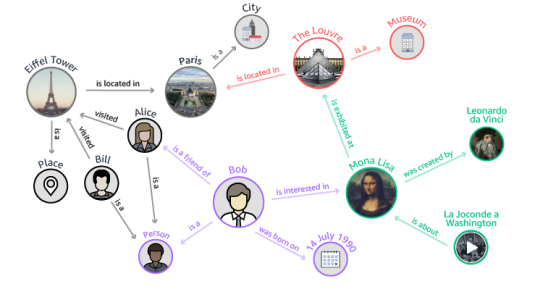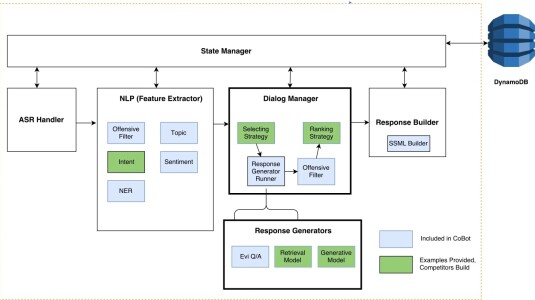-
Robotics and Automation Letters2023Complex manipulation tasks often require robots with complementary capabilities to collaborate. We introduce a benchmark for LanguagE-Conditioned Multi-robot MAnipulation (LEMMA) focused on task allocation and longhorizon object manipulation based on human language instructions in a tabletop setting. LEMMA features 8 types of procedurally generated tasks with varying degree of complexity, some of which
-
ECML PKDD 2023 International Workshop on Machine Learning for Irregular Time Series2023Robotic traffic is an endemic problem in digital advertising, often driven by a large number of fake users indulging in advertising fraud. Temporal sequences of user ad activity contain rich information about user intention while interacting with digital ads, and can be effectively modeled to segregate robotic users with abnormal browsing patterns from regular human users. Sequence models on user ad activity
-
RecSys 2023 Workshop on Causality, Counterfactuals & Sequential Decision-Making (CONSEQUENCES)2023Recent studies on pre-trained vision/language models such as BERT [6] and GPT [26] have demonstrated the benefit of a promising solution-building paradigm where models can be pre-trained on broad data describing a generic task space and then adapted successfully to solve a wide range of downstream tasks, even when training data of downstream task is limited. Inspired by such progress, we investigate the
-
RecSys 2023 Workshop on Learning and Evaluating Recommendations with Impressions (LERI 2023)2023Addressing the position bias is of pivotal importance for performing unbiased off-policy training and evaluation in Learning To Rank (LTR). This requires accurate estimates of the probabilities of the users examining the slots where items are displayed, which in many applications is likely to depend on multiple factors, e.g. the screen size. This leads to a position-bias curve that is no longer constant
-
RecSys 2023 Workshop on Causality, Counterfactuals & Sequential Decision-Making (CONSEQUENCES)2023For industrial learning-to-rank (LTR) systems, it is common that the output of a ranking model is modified, either as a results of post-processing logic that enforces business requirements, or as a result of unforeseen design flaws or bugs present in real-world production systems. This poses a challenge for deploying off-policy learning and evaluation methods, as these often rely on the assumption that
Related content
-
April 1, 2019The idea of using arrays of microphones to improve automatic speech recognition (ASR) is decades old. The acoustic signal generated by a sound source reaches multiple microphones with different time delays. This information can be used to create virtual directivity, emphasizing a sound arriving from a direction of interest and diminishing signals coming from other directions. In voice recognition, one of the more popular methods for doing this is known as “beamforming”.
-
March 21, 2019Sentiment analysis is the attempt, computationally, to determine from someone’s words how he or she feels about something. It has a host of applications, in market research, media analysis, customer service, and product recommendation, among other things. Sentiment classifiers are typically machine learning systems, and any given application of sentiment analysis may suffer from a lack of annotated data for training purposes.
-
March 20, 2019Although deep neural networks have enabled accurate large-vocabulary speech recognition, training them requires thousands of hours of transcribed data, which is time-consuming and expensive to collect. So Amazon scientists have been investigating techniques that will let Alexa learn with minimal human involvement, techniques that fall in the categories of unsupervised and semi-supervised learning.
-
March 11, 2019In experiments involving sound recognition, technique reduces error rate by 15% to 30%.
-
March 5, 2019The 2018 Alexa Prize featured eight student teams from four countries, each of which adopted distinctive approaches to some of the central technical questions in conversational AI. We survey those approaches in a paper we released late last year, and the teams themselves go into even greater detail in the papers they submitted to the latest Alexa Prize Proceedings. Here, we touch on just a few of the teams’ innovations.
-
February 27, 2019To ensure that Alexa Prize contestants can concentrate on dialogue systems — the core technology of socialbots — Amazon scientists and engineers built a set of machine learning modules that handle fundamental conversational tasks and a development environment that lets contestants easily mix and match existing modules with those of their own design.



















